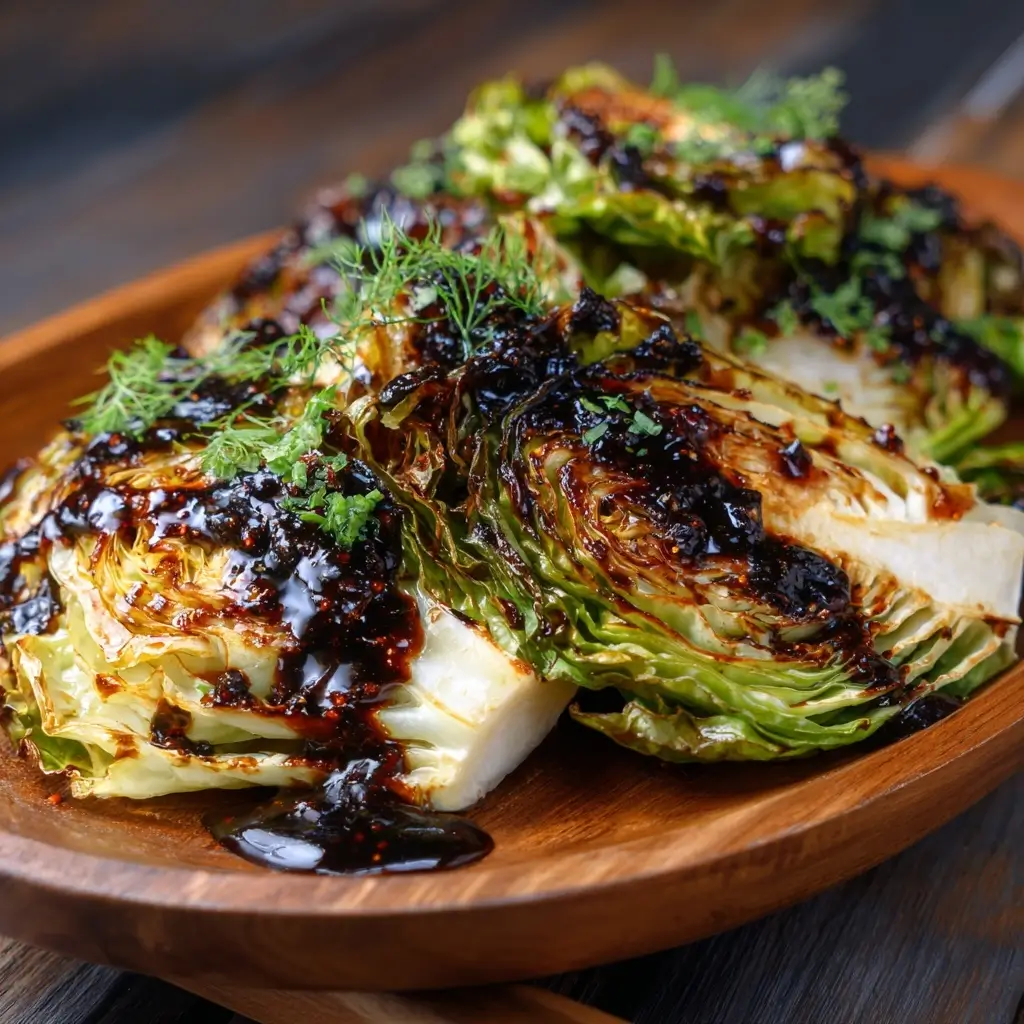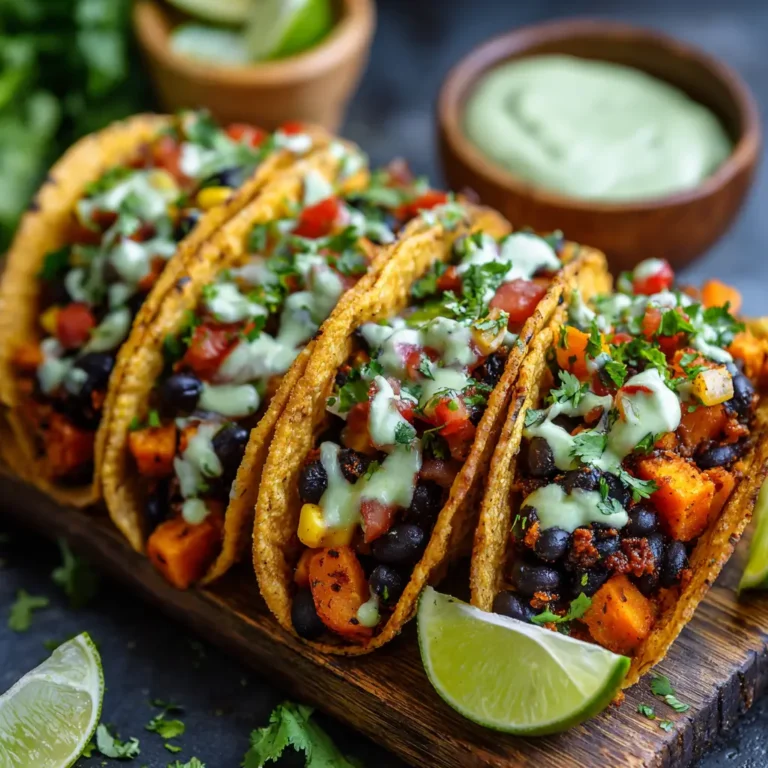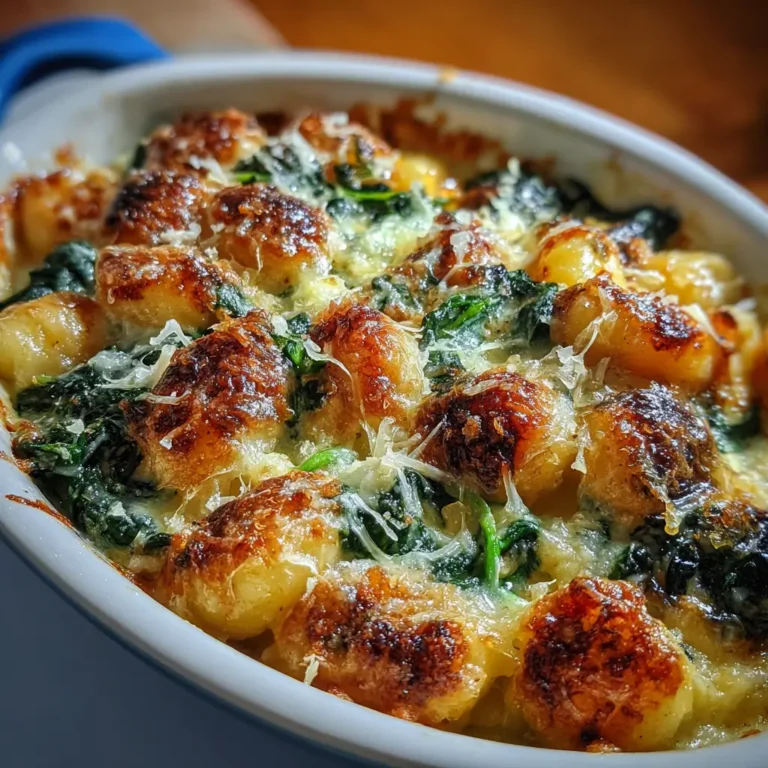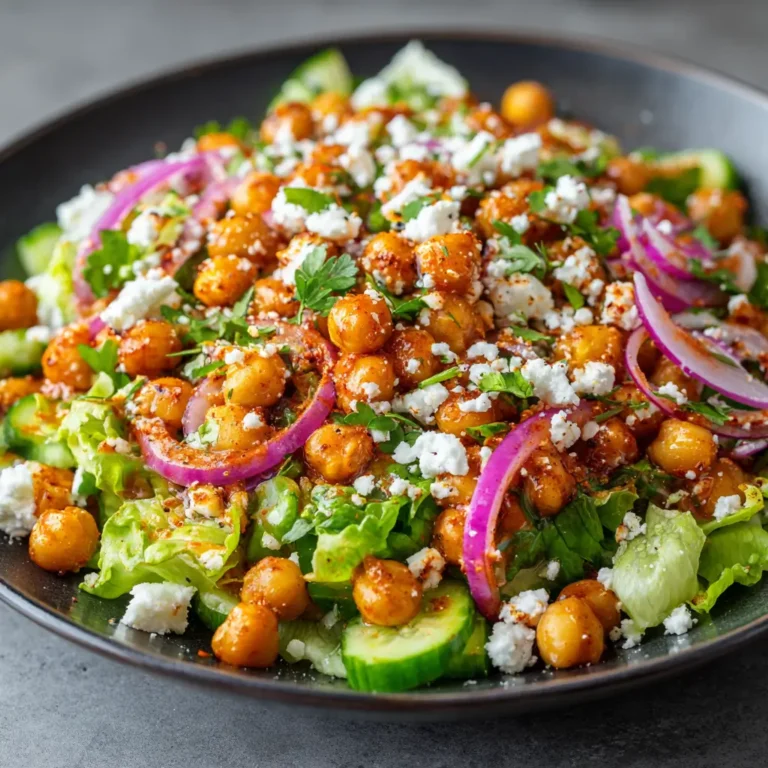Balsamic Roasted Cabbage (side or feature)
Introduction
Balsamic roasted cabbage is a simple yet profoundly flavorful dish that transforms humble green cabbage into a rich, savory, and slightly sweet side or even main course. Often overlooked in favor of flashier vegetables, cabbage shines when roasted with balsamic vinegar, which enhances its natural sweetness and brings out deep umami notes. This recipe elevates the often-underappreciated cruciferous vegetable into something gourmet, making it perfect for weeknight dinners, holiday spreads, or elegant dinner parties. With minimal prep and hands-off roasting time, this dish delivers maximum flavor with little effort—ideal for busy home cooks seeking healthy, delicious, and visually appealing meals.
The History
Cabbage has been a staple food across Europe and Asia for thousands of years, dating back to ancient Greece and Rome, where it was praised for both culinary and medicinal uses. The Romans believed cabbage could cure everything from hangovers to digestive issues. In Eastern European and Russian cuisines, cabbage features prominently in dishes like sauerkraut, stuffed cabbage rolls, and soups such as borscht. Roasting cabbage, however, became more widespread with the advent of modern ovens and the growing popularity of roasted vegetable medleys in the 20th century. Balsamic vinegar, originating from Modena, Italy, has been treasured since the Middle Ages for its complex sweetness and acidity. When paired together, these two ingredients form a harmonious blend that bridges centuries of culinary tradition with contemporary cooking techniques. Today, balsamic roasted cabbage reflects a modern twist on age-old ingredients, combining rustic simplicity with sophisticated flavor profiles beloved by food enthusiasts worldwide.
Ingredients Breakdown
- Green Cabbage: The star of the dish, green cabbage provides a crisp texture and mild peppery flavor that mellows beautifully during roasting. Its sturdy leaves hold up well to high heat, caramelizing at the edges while remaining tender inside.
- Olive Oil: High-quality extra virgin olive oil adds richness, helps the spices adhere to the cabbage, and promotes even browning. It also carries the flavors of the other ingredients throughout the dish.
- Balsamic Vinegar: A key component, balsamic vinegar contributes a tangy-sweet depth that intensifies as it reduces during roasting. Opt for authentic aged balsamic for the best results—its syrupy consistency and complex flavor elevate the entire dish.
- Garlic (Fresh): Minced or thinly sliced garlic infuses the cabbage with aromatic warmth. Roasted garlic becomes sweet and mellow, blending seamlessly into the overall flavor profile.
- Sea Salt: Enhances all the flavors and helps draw out moisture for better caramelization. Use flaky sea salt for finishing if desired.
- Freshly Ground Black Pepper: Adds a subtle heat and complexity, balancing the sweetness of the balsamic.
- Red Pepper Flakes (Optional): For those who enjoy a touch of heat, red pepper flakes introduce a gentle spiciness that contrasts nicely with the sweet vinegar.
- Honey or Maple Syrup (Optional): A small amount can be added to boost the sweetness and help glaze the cabbage, especially useful if using a particularly tart balsamic.
- Fresh Herbs (Thyme, Rosemary, or Parsley): Thyme or rosemary can be tossed in before roasting for an earthy aroma, while fresh parsley is typically sprinkled on after baking for brightness.
- Grated Parmesan or Pecorino Cheese (Optional): Adds a salty, nutty finish and turns delightfully crispy around the edges when roasted.
Step-by-Step Recipe
- Preheat the Oven: Begin by preheating your oven to 400°F (200°C). This ensures the cabbage starts roasting immediately, promoting even browning and caramelization.
- Prepare the Cabbage: Remove any tough outer leaves from a medium head of green cabbage. Cut it in half through the core, then slice each half into 1-inch thick wedges, keeping the core intact to hold the layers together during roasting.
- Arrange on Baking Sheet: Line a large rimmed baking sheet with parchment paper or lightly grease it with olive oil. Place the cabbage wedges cut-side down in a single layer, ensuring space between them for proper air circulation and crisping.
- Make the Balsamic Mixture: In a small bowl, whisk together 3 tablespoons of extra virgin olive oil, 2–3 tablespoons of balsamic vinegar, 2 minced garlic cloves, ½ teaspoon sea salt, ¼ teaspoon black pepper, and a pinch of red pepper flakes (if using). For extra richness, add 1 teaspoon of honey or maple syrup.
- Coat the Cabbage: Using a pastry brush or spoon, generously brush the balsamic mixture over the cut sides of the cabbage wedges. Make sure each piece is well-coated but not drenched, as excess liquid can lead to steaming rather than roasting.
- Add Aromatics: Scatter any leftover minced garlic over the top. Optionally, tuck a few sprigs of fresh thyme or rosemary among the wedges for herbal fragrance.
- Roast: Place the baking sheet in the center of the preheated oven. Roast for 25 minutes, then carefully flip the wedges using tongs. Brush the other side with any remaining marinade or a bit more olive oil and balsamic. Continue roasting for another 15–20 minutes, until deeply caramelized, tender when pierced with a fork, and crispy at the edges.
- Optional Cheese Addition: During the last 5 minutes of roasting, sprinkle grated Parmesan or pecorino over the tops of the wedges so it melts and forms golden, crunchy patches.
- Finish and Serve: Remove from the oven and let rest for 3–5 minutes. Transfer to a serving platter and garnish with chopped fresh parsley, a drizzle of high-quality balsamic glaze, and a final sprinkle of flaky salt if desired.
Tips
- Uniform Slicing: Cut the cabbage wedges evenly to ensure they cook at the same rate. Uneven pieces may result in some being undercooked while others burn.
- Don’t Overcrowd the Pan: Leave space between each wedge. Crowding causes steam buildup, preventing proper caramelization and resulting in soggy cabbage.
- Use a Rimmed Baking Sheet: This catches any juices or oil drippings, making cleanup easier and preventing oven messes.
- Elevate for Crispiness: For extra crisp edges, place the cabbage on a wire rack set over the baking sheet. This allows hot air to circulate all around the wedges.
- High-Quality Balsamic Matters: Invest in a good bottle of aged balsamic vinegar. Cheap versions can be overly acidic or contain artificial ingredients. Look for “Aceto Balsamico di Modena” with a thick, syrupy texture.
- Check Early: Ovens vary, so start checking for doneness around the 35-minute mark. The ideal texture is tender with deeply browned, almost charred edges.
- Double the Batch: These roast well and reheat beautifully. Consider making extra for leftovers—you can repurpose them into salads, grain bowls, or sandwiches.
- Enhance the Glaze: Simmer ¼ cup of balsamic vinegar in a small saucepan over low heat for 5–7 minutes until reduced by half and syrupy. Drizzle this over the finished dish for restaurant-quality presentation.
Variations and Customizations
- Red Cabbage Version: Substitute green cabbage with red cabbage for a vibrant pop of color and a slightly sweeter, earthier taste. Red cabbage holds its shape well and offers additional anthocyanin antioxidants.
- Spicy Kick: Add more red pepper flakes, a dash of cayenne, or thinly sliced fresh chili peppers before roasting for a fiery twist.
- Sweet & Savory: Toss in apple slices or pear wedges alongside the cabbage. Their natural sugars caramelize beautifully and pair wonderfully with balsamic.
- Nutty Crunch: Sprinkle toasted walnuts, pecans, or pine nuts over the top before serving for added texture and richness.
- Herb Variations: Swap thyme for smoked paprika, fennel seeds, or herbes de Provence for different flavor dimensions.
- Vegan & Dairy-Free: Skip the cheese or use nutritional yeast for a cheesy, umami flavor without animal products.
- Whole Roasted Cabbage: For a dramatic presentation, roast the entire cabbage head. Core it, score the top in a crosshatch pattern, then baste liberally with the balsamic mixture and roast at 375°F for about 60–75 minutes, basting occasionally.
- Mediterranean Style: After roasting, top with crumbled feta, Kalamata olives, sun-dried tomatoes, and a lemon-tahini drizzle.
- Asian-Inspired Twist: Replace balsamic with a mix of rice vinegar, soy sauce, sesame oil, and a touch of honey. Garnish with sesame seeds and green onions.
- Sheet Pan Meal: Turn this into a full meal by adding chicken thighs, sausage, or tofu to the pan. Just adjust cooking times accordingly.
Health Considerations and Nutritional Value
Cabbage is a nutritional powerhouse packed with vitamins, fiber, and phytonutrients. One cup of raw green cabbage contains only about 22 calories but delivers over 60% of the daily recommended intake of vitamin C, essential for immune function and skin health. It’s also rich in vitamin K, crucial for blood clotting and bone metabolism. As a cruciferous vegetable, cabbage contains glucosinolates—compounds studied for their potential anti-cancer properties. Roasting preserves most nutrients, especially when done at moderate temperatures and without excessive oil. Olive oil contributes heart-healthy monounsaturated fats and enhances the absorption of fat-soluble vitamins like A, D, E, and K present in the dish. Balsamic vinegar may support blood sugar regulation due to its acetic acid content, which can slow carbohydrate digestion. However, store-bought balsamic dressings often contain added sugars, so using pure, unadulterated vinegar is healthier. To keep this dish low in sodium, use salt sparingly or opt for herb-based seasoning blends. For individuals managing diabetes or insulin resistance, pairing this side with lean protein helps balance the glycemic load. Those with irritable bowel syndrome (IBS) should consume cabbage cautiously, as it contains FODMAPs that may trigger symptoms in sensitive individuals. Overall, balsamic roasted cabbage is a nutrient-dense, low-calorie addition to any balanced diet, supporting digestive health, inflammation reduction, and long-term wellness.
Ingredients
- 1 medium head green cabbage, cored and cut into 6–8 wedges
- 3 tablespoons extra virgin olive oil
- 2–3 tablespoons aged balsamic vinegar
- 2 cloves garlic, minced
- ½ teaspoon sea salt (or to taste)
- ¼ teaspoon freshly ground black pepper
- Pinch of red pepper flakes (optional)
- 1 teaspoon honey or pure maple syrup (optional, for balance)
- 2 sprigs fresh thyme or rosemary (optional)
- 2 tablespoons grated Parmesan or pecorino cheese (optional)
- Fresh parsley, chopped (for garnish)
- Flaky sea salt (for finishing, optional)
- Balsamic glaze (for drizzling, optional)
Directions
- Preheat oven to 400°F (200°C). Line a large rimmed baking sheet with parchment paper.
- Place cabbage wedges cut-side down in a single layer on the prepared baking sheet, leaving space between each.
- In a small bowl, whisk together olive oil, balsamic vinegar, minced garlic, salt, pepper, red pepper flakes, and honey (if using).
- Brush the mixture evenly over the cut sides of the cabbage wedges.
- Scatter any remaining garlic and herbs around the wedges.
- Roast for 25 minutes, then carefully flip each wedge using tongs.
- Brush the second side with a little more oil and balsamic, or use leftover marinade.
- Return to oven and roast for another 15–20 minutes, until tender, caramelized, and crispy at the edges.
- If using cheese, sprinkle over the tops during the last 5 minutes of roasting.
- Remove from oven and let sit for 5 minutes. Garnish with fresh parsley, a drizzle of balsamic glaze, and a sprinkle of flaky salt before serving.
FAQ
Can I make balsamic roasted cabbage ahead of time?
Yes! You can roast the cabbage up to one day in advance. Store it in an airtight container in the refrigerator and reheat in a 350°F oven for 10–15 minutes to restore crispness.
Can I use pre-cut cabbage?
While possible, pre-cut florets may dry out faster and won’t caramelize as well as thick wedges. For best results, cut your own wedges to maintain structure.
Why is my cabbage soggy?
This usually happens if the wedges are too thin, the oven isn’t hot enough, or the pan is overcrowded. Ensure proper spacing and a high oven temperature for optimal texture.
Is balsamic vinegar healthy?
In moderation, yes. Authentic balsamic vinegar is low in sugar and contains beneficial antioxidants. Avoid commercial “balsamic dressings” with added sugars and preservatives.
Can I freeze roasted cabbage?
Not recommended. Freezing alters the texture, making it mushy upon thawing. Enjoy fresh or refrigerated for up to 4 days.
What can I serve with balsamic roasted cabbage?
It pairs beautifully with grilled chicken, roasted salmon, pork chops, lentils, quinoa, or as part of a vegetarian grain bowl.
Can I use purple (red) cabbage?
Absolutely! Red cabbage works well and adds beautiful color. It may bleed some color into the pan but tastes equally delicious.
How do I store leftovers?
Keep in an airtight container in the refrigerator for up to 4 days. Reheat in the oven or toaster oven for best texture.
Summary
Balsamic roasted cabbage is a transformative dish that turns a humble vegetable into a rich, caramelized, and tangy-sweet delight with minimal effort. Perfect as a side or elevated to a centerpiece, it’s nutritious, versatile, and bursting with flavor.






